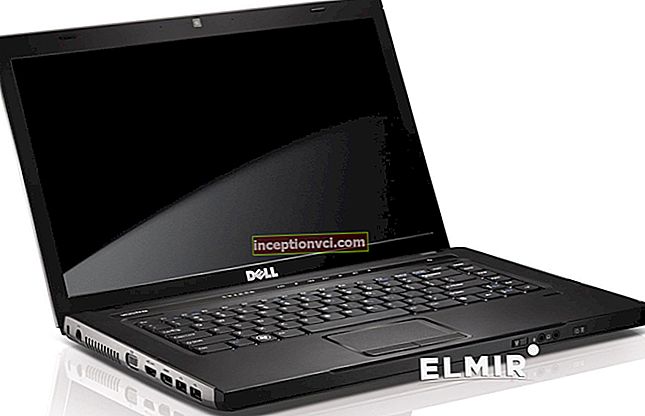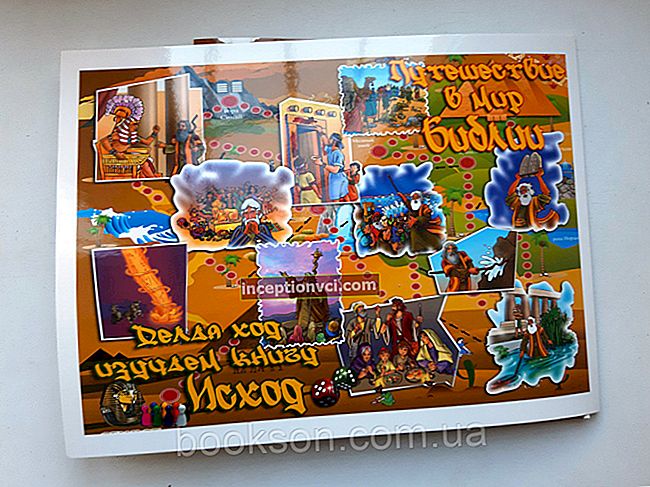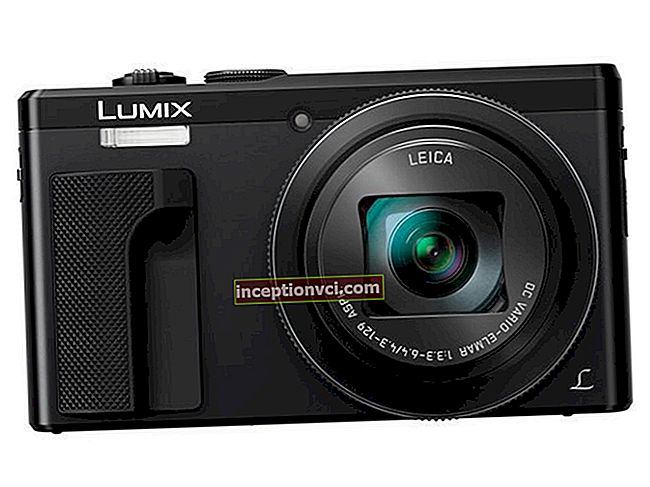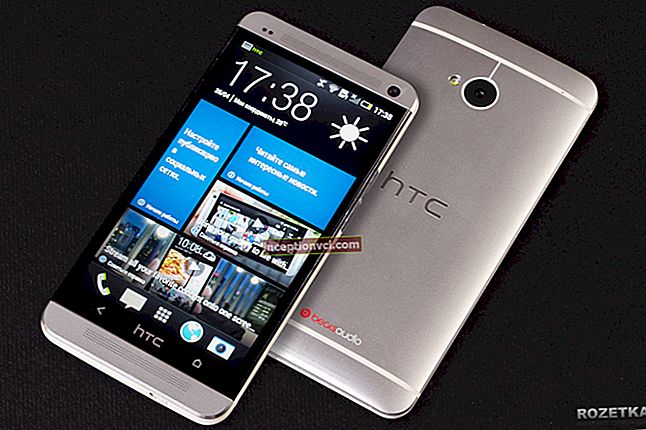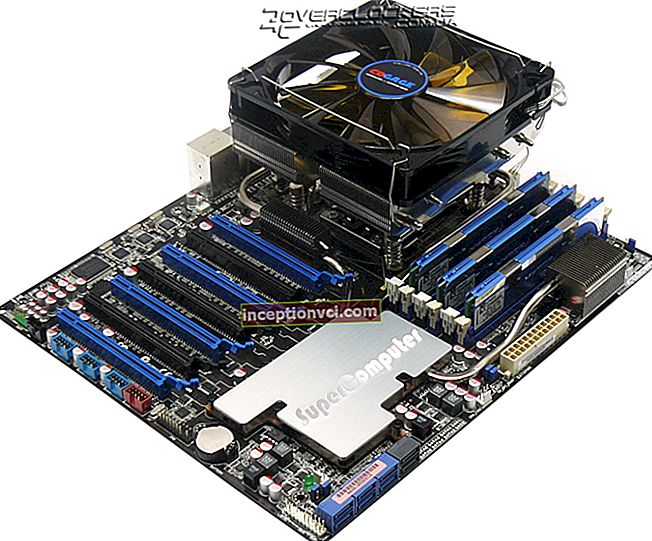Choosing a kitchen knife comes down to three criteria:
- geometry,
- ergonomics,
- quality of steel.
 This order is not accidental. It depends on the correct geometry how the knife cuts: it "falls through" through the products or with difficulty sawing.
This order is not accidental. It depends on the correct geometry how the knife cuts: it "falls through" through the products or with difficulty sawing.
The edge of the best chef's knives is like a wedge. In section, it has the shape of an isosceles triangle. The thinner the blade, the easier the knife will penetrate the food.
 The thin blade is very fragile. Manufacturers have improved the shape by making a transition to the cutting edge at an angle. The blade has become stronger, and the cutting properties remain at their best.
The thin blade is very fragile. Manufacturers have improved the shape by making a transition to the cutting edge at an angle. The blade has become stronger, and the cutting properties remain at their best.

Experiment number 1.
Try using a knife to cut an A4 sheet by weight or shave off the hairs on your arm. Happened? You are on the right track.
Erogonomics is all about comfort. Special features of a knife with correct ergonomics:
- the handle fits comfortably in the hand and is pleasant to the touch. Do not hesitate to feel at least the entire assortment of the store. "Your" knife will become an extension of the hand, will merge with it into one whole;
- the knife is correctly balanced. Ideally, the center of gravity is at the junction of the handle and blade. A slight preponderance towards the blade is possible, but not vice versa;
- the edges of the butt are smoothed so as not to rub the calluses.
Read: "How to Extend the Life of a Knife"
The best steel for a kitchen knife
The choice of steel is an important criterion. It depends on him how often the knife will have to be sharpened. Manufacturers are constantly looking for a balance between hardness and flexibility of alloys. It's not easy, because:
- mild steel holds little sharpening, but does not break under load;
- hard ones need to be sharpened less often, but they require delicate handling.
The hardness of steel is designated by the letters HRC. The manufacturer indicates the cherished number only in the product catalog. And the very presence of such a directory is already +1 to his karma.
For household kitchen knives, 55-60 HRC according to the Rockwell method is sufficient.
The manufacturer indicates the steel grade on the blade. In these letters and numbers, the composition with additives is encrypted, which makes the knife strong, stainless, wear-resistant.
Correct processing and hardening is equally important.
Experiment number 2.
Run your finger across the cutting edge - properly hardened metal should make a slight tinkling sound. Just do not pinch the blade with your fingers, otherwise the experiment will fail!
An alloy containing only iron and carbon is called carbon steel.
True Samurai - Santoku KAI with Carbon Steel Blade
 Features of carbon knives:
Features of carbon knives:
- sharp as a razor;
- last longer than standard stainless steel;
- afraid of moisture;
- require constant care;
- leave a metallic taste on acidic foods.
See a life hack how you can polish a knife to a mirror shine
The elite among knife steels is Damascus. The trick is that several types of steel are taken for its manufacture. After processing, the metal reaches a hardness of 60 HRC and more. But at the same time, it does not become fragile, like ordinary stainless steel.
The heir to samurai swords is the KAI SHUN KAJI chef's knife made of 32-layer Damascus steel.
 Such a "layer cake" made of metal gives the famous damask pattern on the blade.
Such a "layer cake" made of metal gives the famous damask pattern on the blade.
Do not be lazy to wipe these handsome men dry, otherwise they will start to rust.
Ceramic or steel for kitchen knives
Manufacturers offer culinary experts another fashionable segment - ceramic knives.
Krauff Ceramic Blade Station Wagon Features of ceramic knives:
Features of ceramic knives:
- sharpening is accepted every few years;
- only a diamond sharpener is suitable for sharpening;
- thicker than steel, it cuts products worse;
- require only careful attitude (do not drop, store in a drawer with metal utensils, throw in the sink, cut into solid foods).
Ceramics cuts bread - like butter, without a single crumb.
Bottom Line: Relying solely on ceramics in your kitchen is not a good idea. The ceramic wagon is the best addition to the basic set of steel knives.
Types of kitchen knives and their purpose
Beautiful cuisine is possible not only with Michelin chefs. Keep ideas on how to make your life easier. (You know about the steak knife, frozen food knives, sirloin and butcher knives?).
The blood steak knife should have a smooth edge. For roasting medium - serrated.

Which kitchen knife manufacturers are worthy of attention
Sets up to $ 100 dull quickly. The plastic on the handle can break in a year or two, and the wooden stands can crack.
Sets from $ 100 made of good grade steel. They keep sharpening perfectly.
Don't listen to ads. The most common brands in our latitudes Rondell, Berghoff, Vinzer are born in Chinese factories, and not in Belgium or Germany.
If you are afraid of Chinese products, choose the indigenous "Europeans" - Victorinox (Switzerland) and Opinel (France).
Kitchen series Viksov - impeccable geometry and strength 56 according to Rockwell. They keep the sharpening for several years. The guarantee is a lifetime, and it convinces better than any argument.
Swiss classics - Victorinox SwissClassic set
 The products of the century-old Opinel brand are simple, reliable and unpretentious. The thin blade provides a good cut, for which many fans appreciate it. The price is democratic, at the level of the budget "Chinese".
The products of the century-old Opinel brand are simple, reliable and unpretentious. The thin blade provides a good cut, for which many fans appreciate it. The price is democratic, at the level of the budget "Chinese".
In production, 2 types of steel are used:
- Inox - standard stainless steel;
- Carbon - carbon steel.
Rainbow in the kitchen - a cheerful set of Opinel Les Essentiels 50`s
 The leaders of the rating are the Brazilians Tramontina with their Professional Master series.
The leaders of the rating are the Brazilians Tramontina with their Professional Master series.
Their blades are tough high carbon steel, flawless geometry and easy straightening. The antibacterial handles are pleasant to the touch and fit perfectly, without gaps or gaps.
Useful article: "3 ways to sharpen knives correctly"
Hot Brazilian Boys - Tramontina Century Set

For comparison, the price tag for a European of similar quality is 2 times higher than that of Tramontina.
Make smart shopping with us!
Watch the video how to distinguish a fake knife from the original
